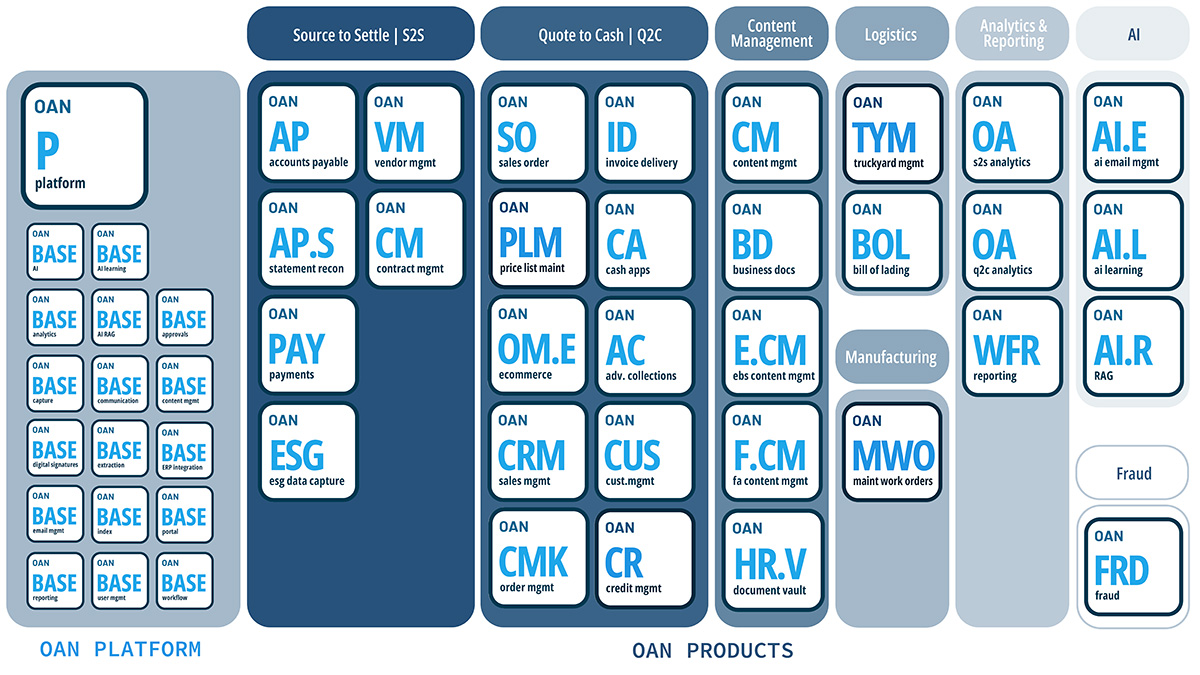By Matthew Albert

Jump in your Wayback Machine (no Hot Tub Time Machine, please; we’re social distancing) and join us for a trip to your 5th grade classroom. As we hop out, we see…..AH! We’re just in time to watch your 5th grade self begin a group assignment with the classmates at your 4-desk table. Now, if we had to guess, in a group project, you were probably one of these types of students:
- The one who got frustrated because everyone else was too stupid to do the task the right way, so you did it all yourself.
- The one who feigned incompetence to get the entire group to do the work for you.
- The one who was definitely good enough to do the whole project, but you were fine letting someone else take the reins because they were liable to snap at any point.
- The consummate team player who actually knew how to have everyone get along and enjoy each other’s company before someone got bored and had to go to the restroom.
Well that visit to the past was fun. Let’s come back to 2020. If you’re someone who heads up a department or possibly runs your own business, you are now in your 5th grade teacher’s shoes every single day. You have employees who are basically working on a group project that lasts all day, every day. And you probably have some employees that rock it all the time, some employees that ride coattails, some employees that are trying hard and learning, and (unfortunately) some employees that you’d gladly boot if someone better came along. Whether you want to admit it or not, the reality is that you need all of these employees to be a cohesive group in order to make the business succeed. One of the best ways to grow this cohesion is by reducing employee turnover. (By the way, your child’s teachers still gladly accept certain, uh, BEvERages, for holiday presents.)
Let’s take a look at some of the ways you can keep your employees productive and willing to work for you each year.

- Demonstrate that every employee is valued. Employees feel valued when they know you hear them and pay thoughtful attention to them. Some employees open up in large group settings. Some are more willing to talk in 1-on-1 environments. Learn what your employees prefer and interact with them in those settings. If you lead a department or run a small business, try to find a way to hold regular individual meetings with your employees. Make these conversations about business strategies but also about their own goals and what you can do to support them. If you run a larger business, give your department heads sufficient time to meet with their own people.
- Craft backup plans for protocols. When things go awry, stress goes up for your employees and you. Having backup plans reduces stress and keeps everyone calm. Calm employees stay. Stressed employees leave.
- Hold monthly staff meetings. These meetings should review the most important procedures to ensure quality control. However, you’ll want to incorporate a fun activity or brief game of some kind that fosters teamwork. Sacrificing a few minutes of productivity to maintain collegiality does not destroy your bottom line. You’ll make those lost minutes back when your employees are fully synergized.
- Open your door. Even if you already meet regularly with employees, you can’t always schedule when they’ll need you the most. Keep your door open and let them talk to you. If your employees like working for you, they’ll rarely abuse this time because they’ll be motivated to get the job done. If they do abuse this policy, though, it’s on you to let them know directly and plainly.
- Know what your employees do. When you hire an employee to do a set of specific tasks, you need to have a good idea of what you’re actually asking them to do. Learn what your employees do, even if it’s way beyond your own skill range. Simply knowing a little about each of your employees’ jobs goes a long way in helping you relate to them during conversations.
If these seem simple, it’s because they are. The basic rules? Treat your employees like people, hold them realistically accountable, and make it known when you like what they’re doing for you.

